Our Story
In 1970, an EF5 tornado destroyed downtown Lubbock, causing 26 fatalities and more than $100 million of damage. Texas Tech researchers responded to the tragedy by founding the Institute for Disaster Research. Over the next 50 years, the program evolved, next becoming the Wind Science and Engineering Research Center before eventually merging with the Texas Wind Energy Institute to create the National Wind Institute in 2012.
The work taking place today has expanded far beyond the original focus on wind hazard mitigation. The NWI focuses on three main areas, or pillars, that a majority of the institute's research falls under. The pillars of atmospheric measurement and simulation, energy systems, and wind engineering include subjects like solar power, detailed studies on lightning, and the development of a microgrid. Most importantly, researchers across the institute are looking at ways all of these core research areas affect, or are affected by, humans.
Lubbock, TX, was hit by an EF-5 tornado in May, 1970, the catalyst to form the Institute for Disaster Research (IDR), now the National Wind Institute.
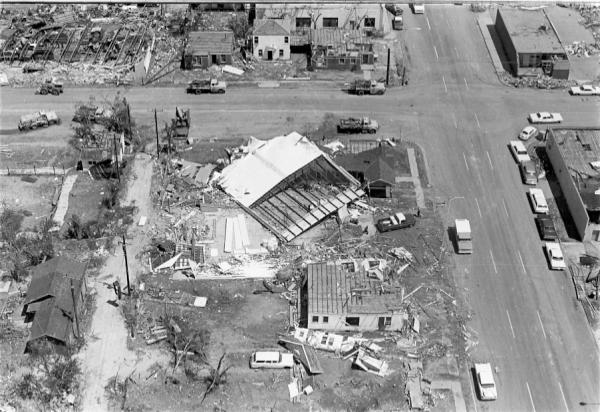
TTU started the Institute for Disaster Research (IDR) after the May 1970 EF-5 tornadic event impacted Lubbock.
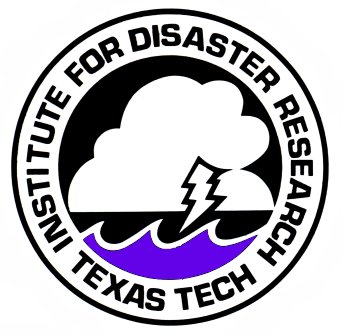
The Xenia, OH, tornado (1974) was one of the catalysts for formation of the National Storm Shelter Association (NSSA) and led to the concept of above-ground shelters.
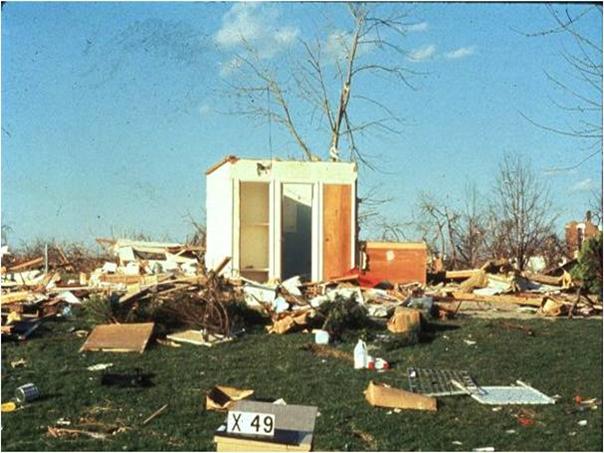
The first International Tornado Symposium is held to discuss tornadoes and wind hazards. This Symposium was one of the first gatherings to bring researchers together to discuss the topic of wind from the perspective of engineering.
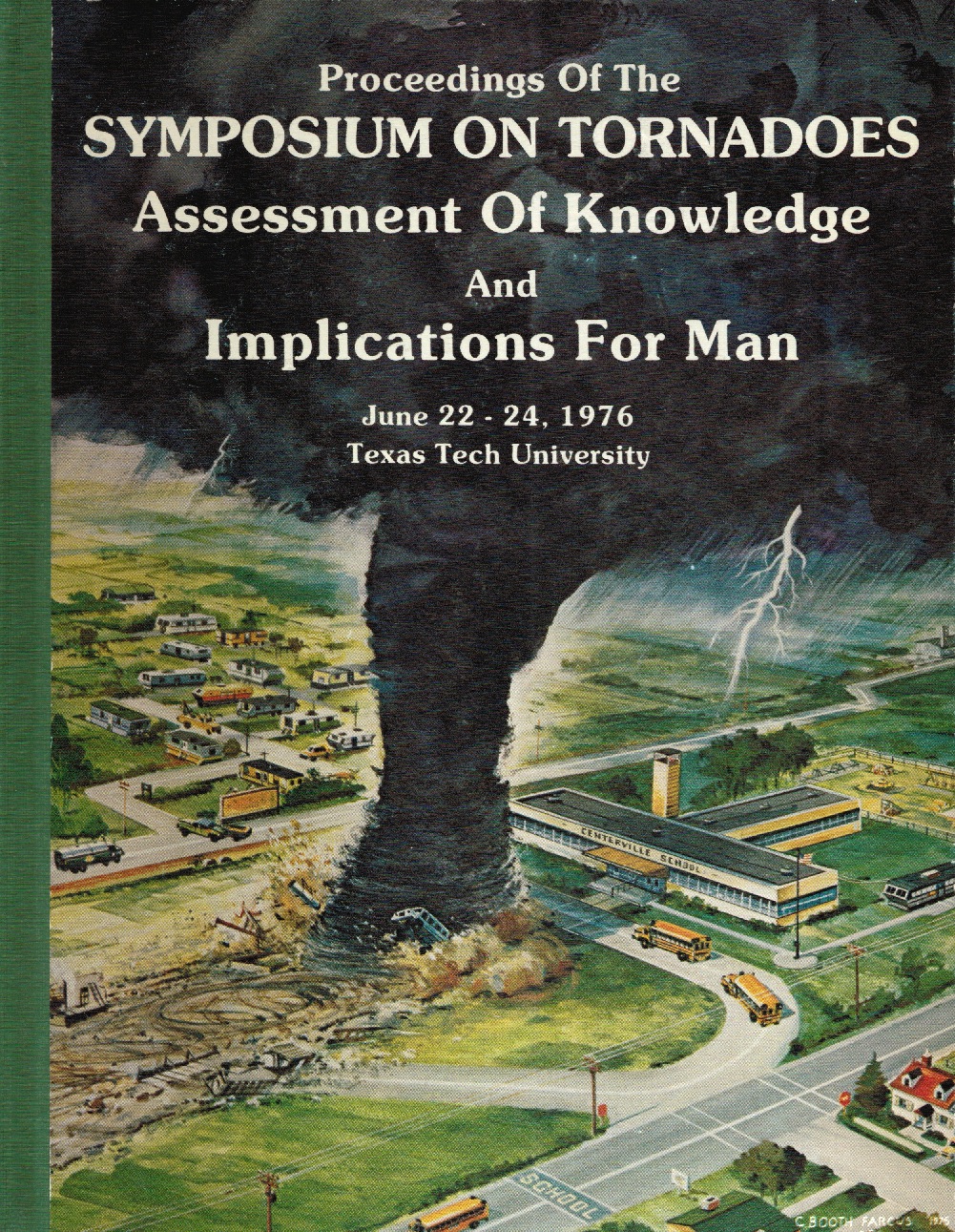
The 5th U.S. National Conference on Wind Engineering was held from Nov 6-8, 1985, in Lubbock, TX.
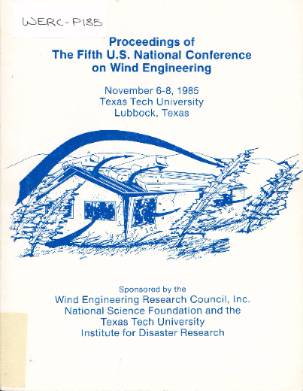
The Debris Impact Facility (DIF) is commissioned. Research Assistant Professor Larry Tanner has led the DIF since its inception.
Dr. Kishor Mehta and Dr. Ernst Kiesling played a vital part in the addition of building codes for building a safe room in a house to the first FEMA 320 publication.
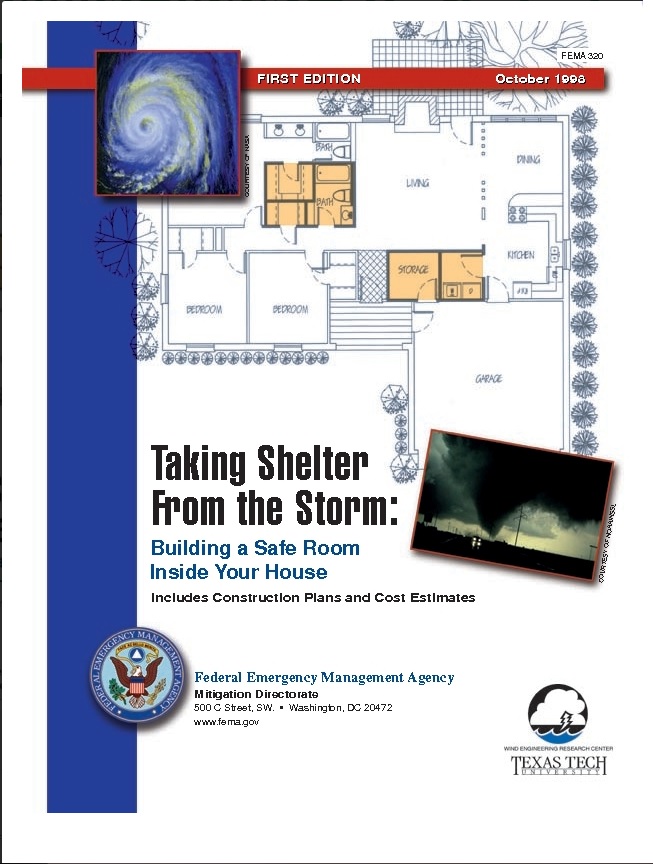
The National Storm Shelter Association (NSSA) is conceived.
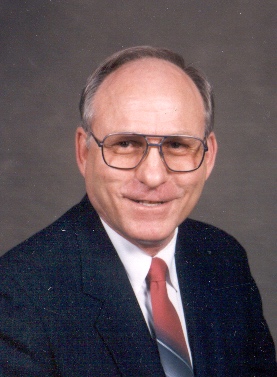
The Wind Science and Engineering (WiSE) Research Center hosts the 11th International Conference on Wind Engineering.
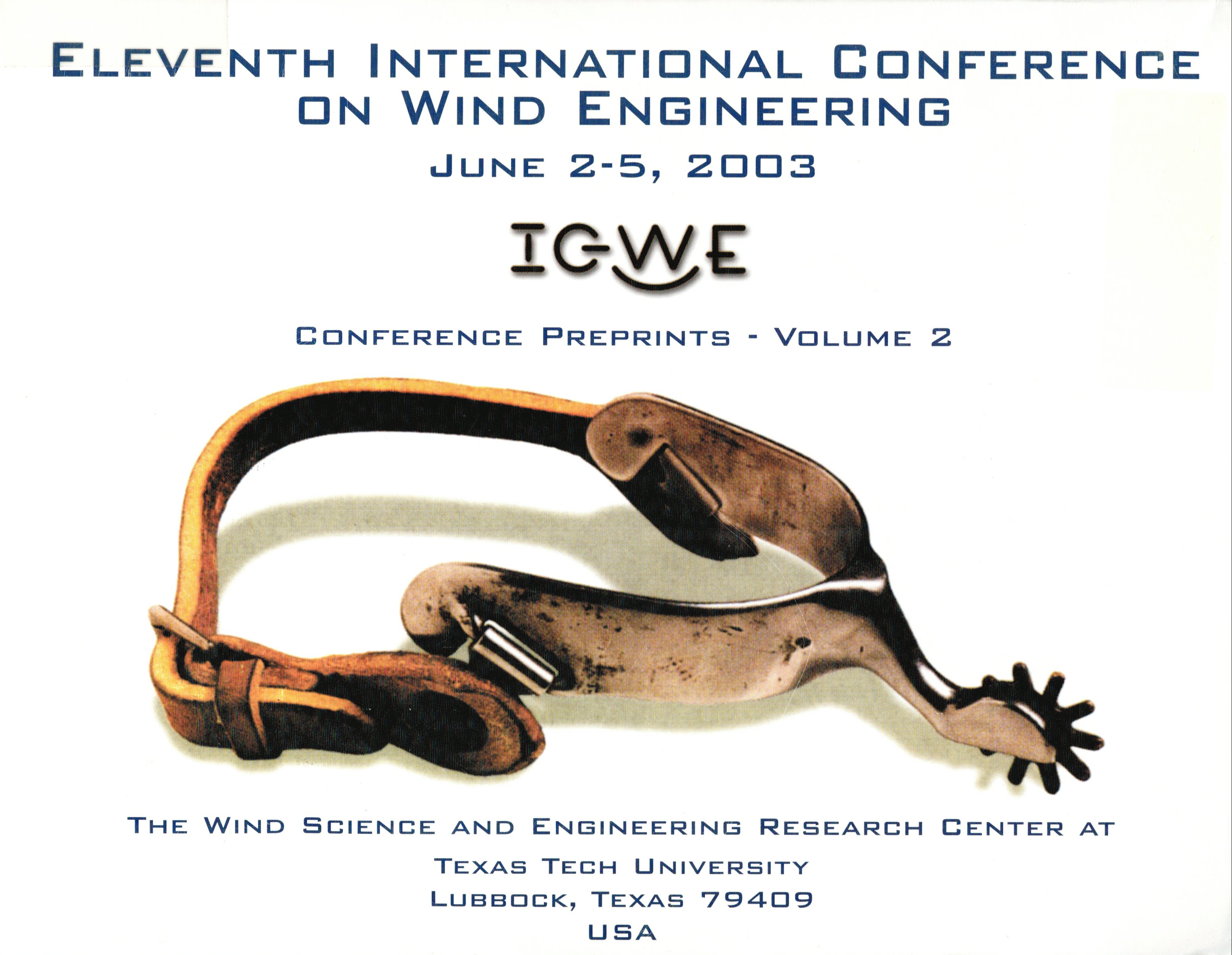
The Enhanced Fujita Scale is developed at Texas Tech University to update the original Fujita in Scale that was first introduced 1971. Dr. Kishor Mehta was a member of the committee.
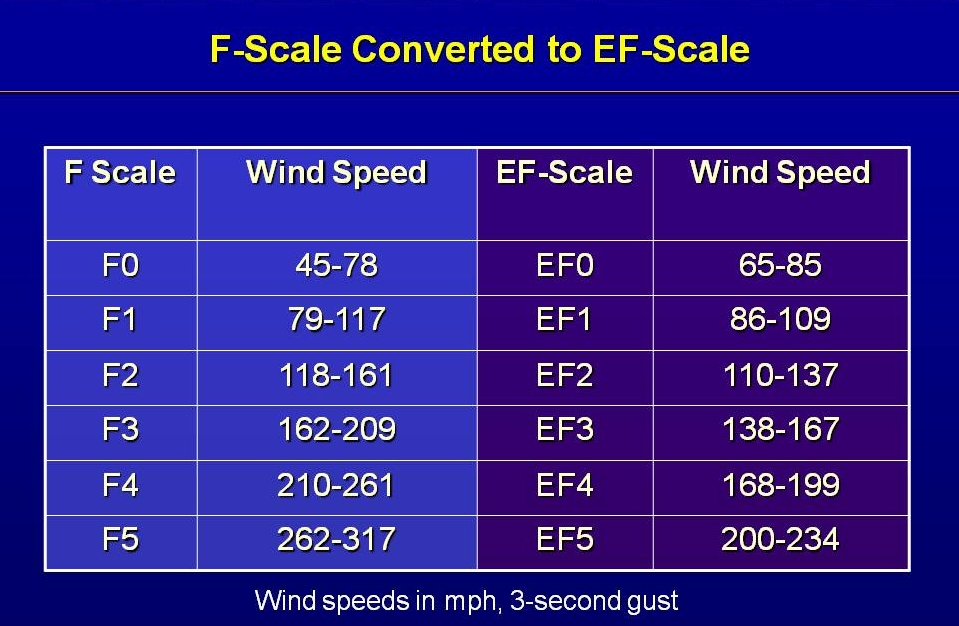
A $1M grant jointly awarded to TTU enables two Ka-Band radar trucks to be developed by a team led by Dr. John Schroeder.
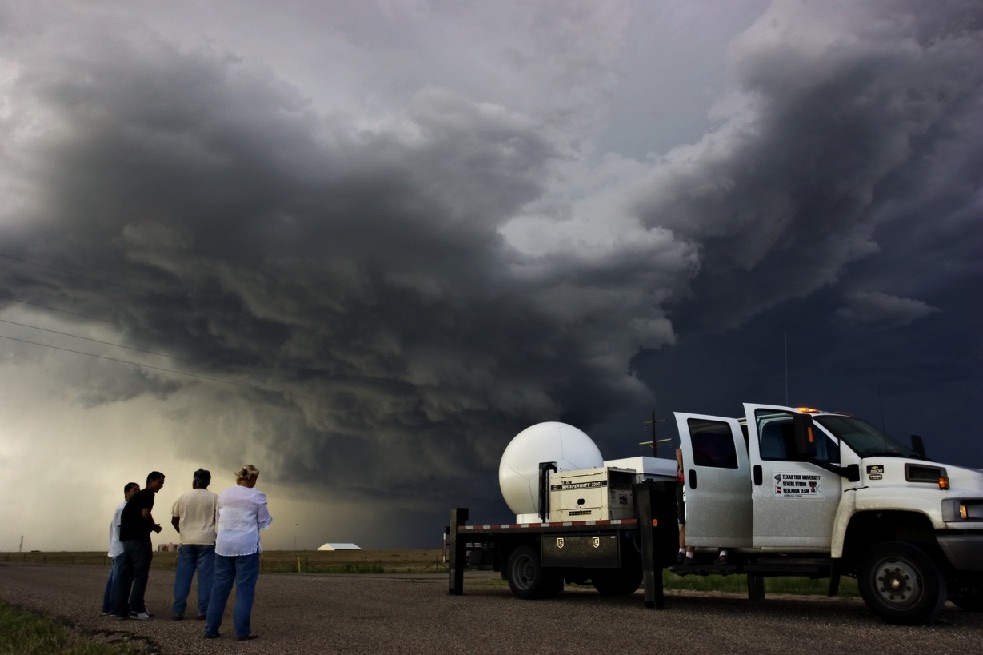
Faculty and students took part in Vortex2, the largest effort ever made to understand tornadoes.
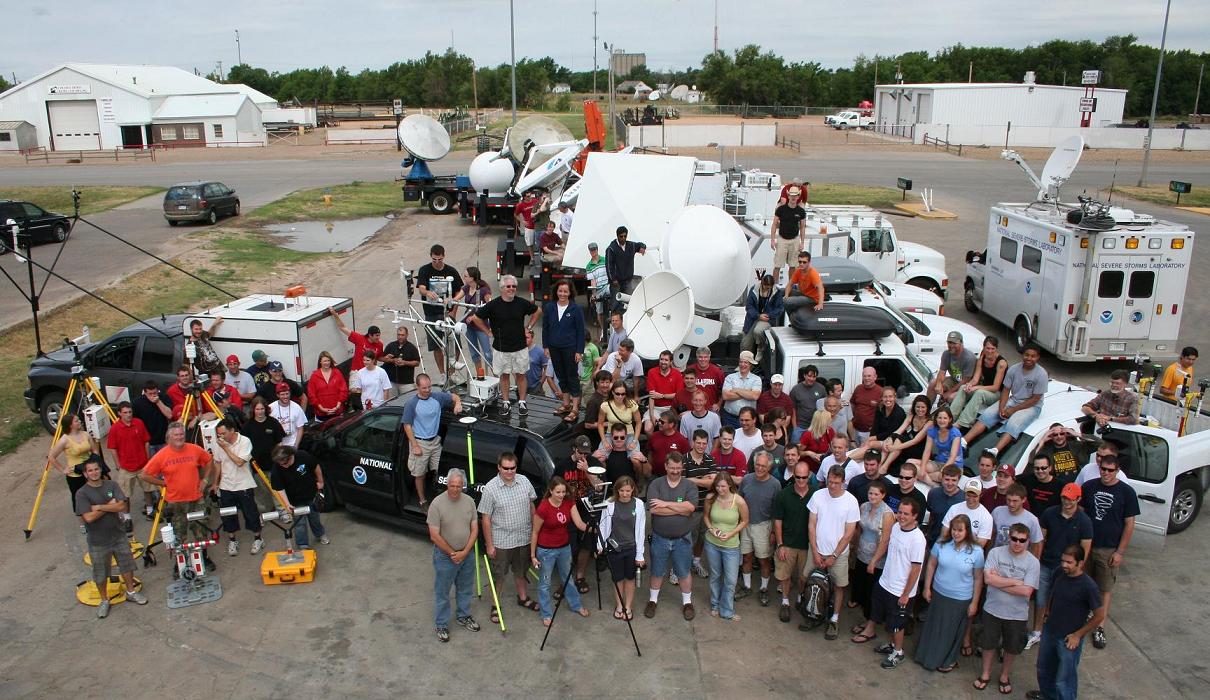
The 40th anniversary of WiSE led to a new look and a new logo.
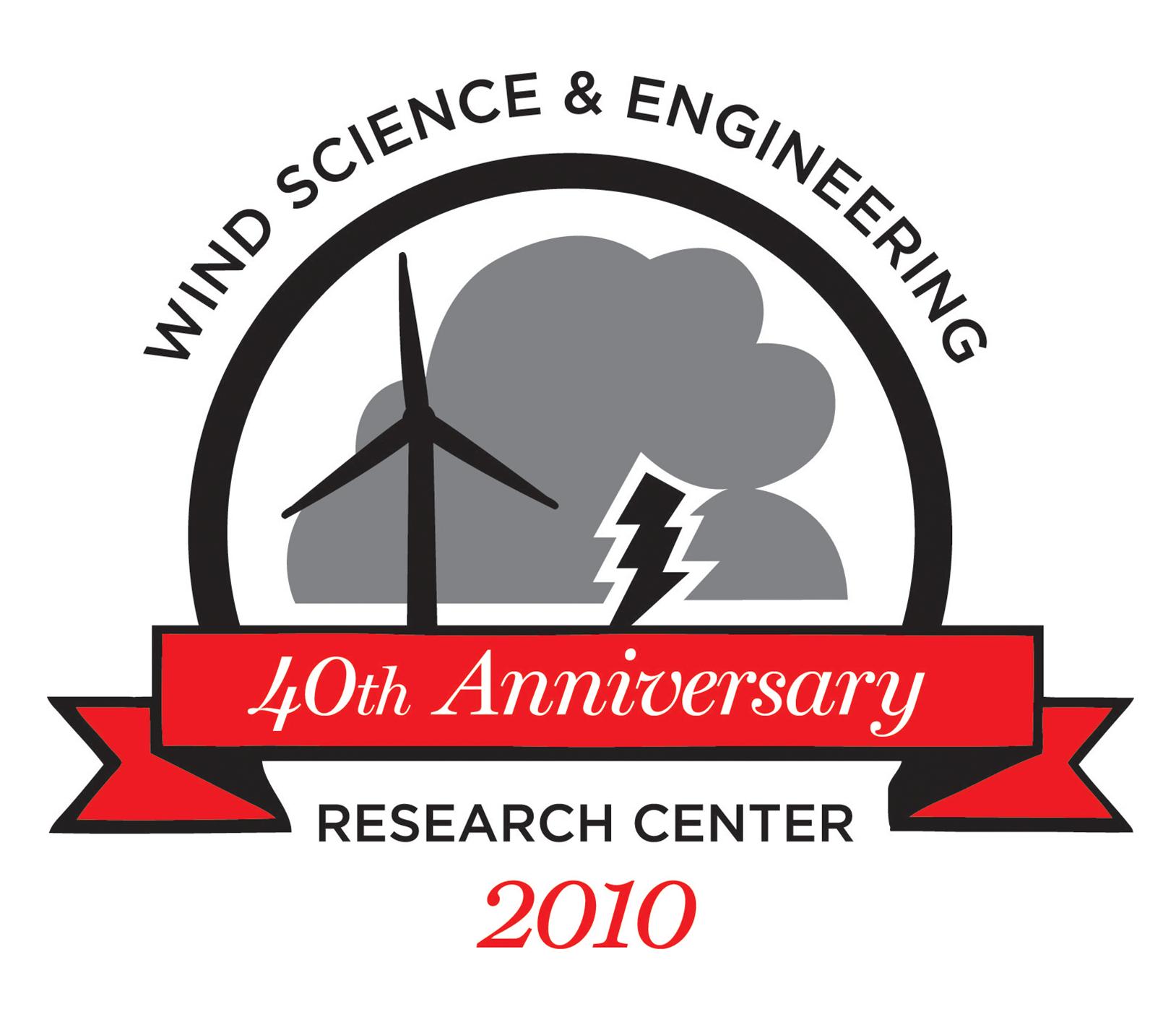
TTU's NWI and Water Resource Center organized project (with the City of Seminole) to research overlap between wind power and desalination.
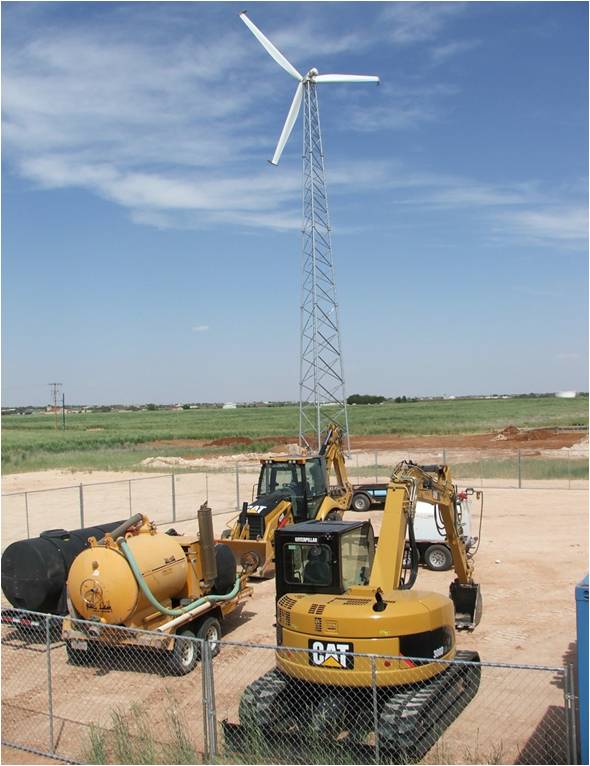
NWI moved into new building in Summer 2013.
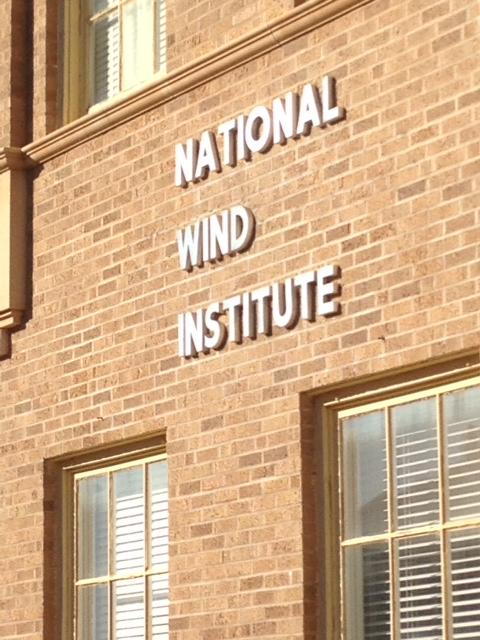
Dr. Eric Bruning was awarded NSF funding to implement a Lightning Map Array project across the region.
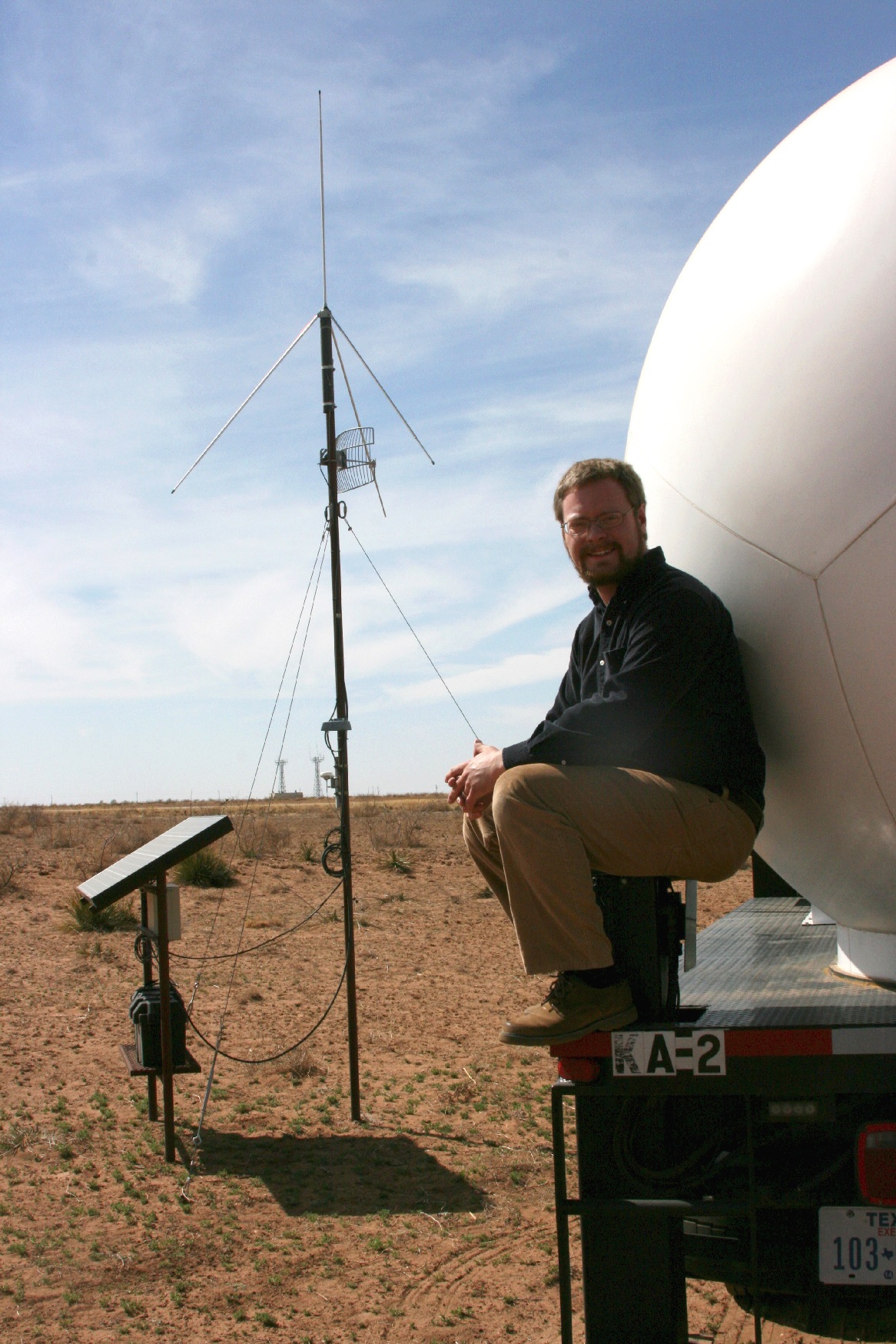
Dr. John Schroeder leads $1.4 million DOE radar wind energy/meteorological project.
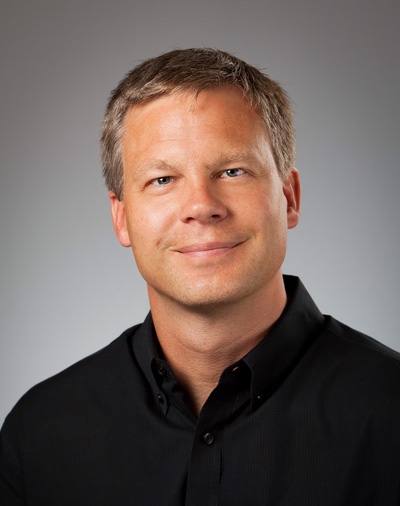
The Texas Workforce Commission awards $1M contract to Texas Tech University and Texas State Technological College for wind energy undergraduate and graduate certificate programs.
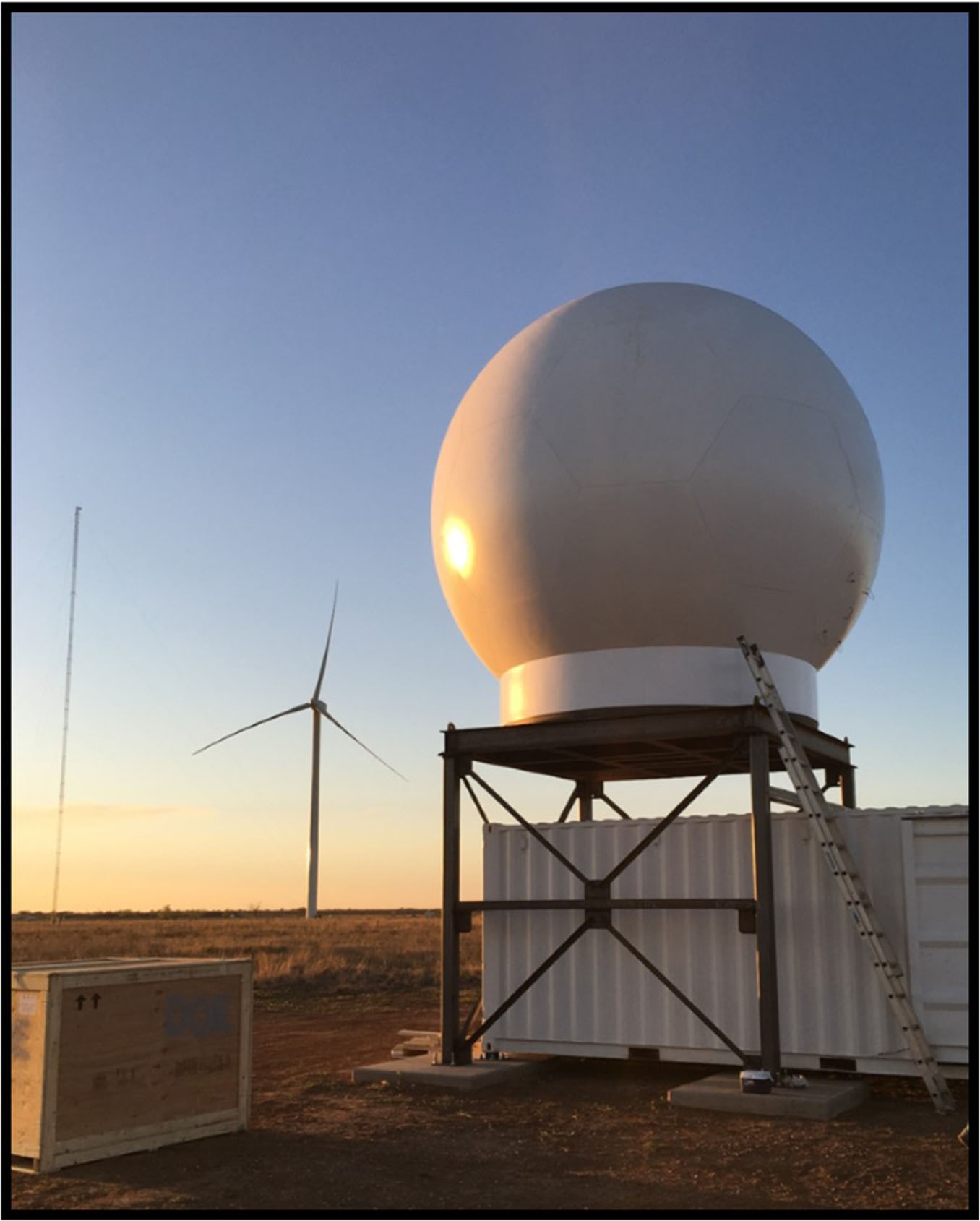
Debris Impact Facility was awarded accreditation by the American Association of Laboratory Accreditation (A2LA).
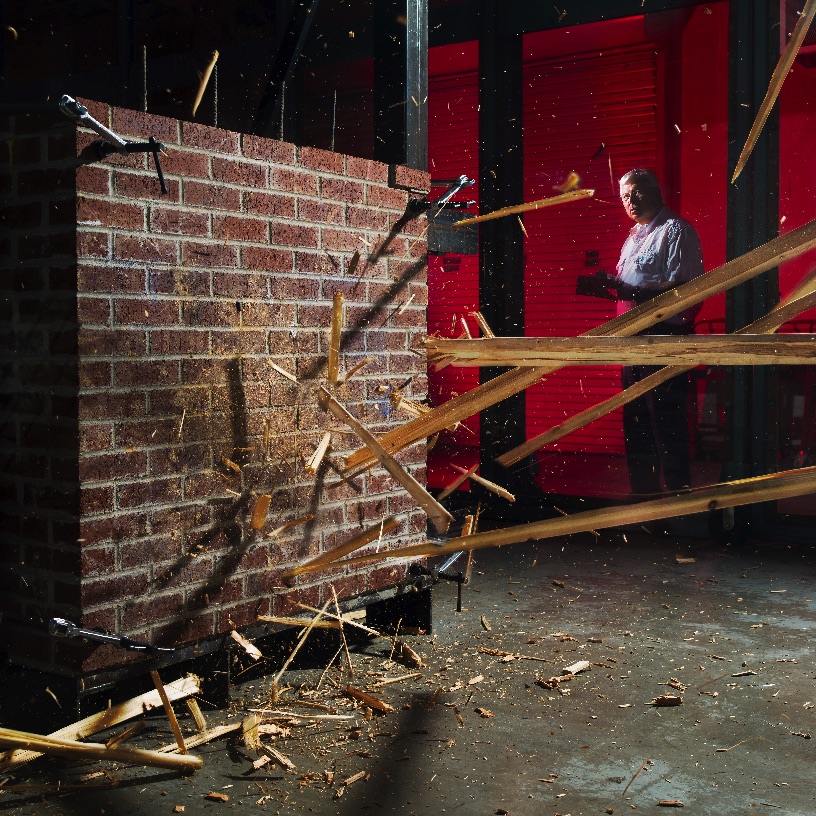
The Bachelor of Science degree program in Wind Energy is opened in the spring semester of 2012 and has more than 70 students in the process of completing the degree requirements.
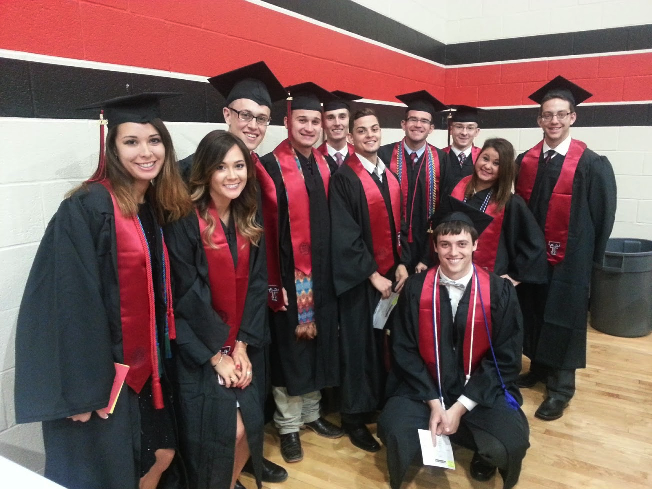
The West Texas Mesonet network brought its 100th meteorological instrument platform on-line in November 2016.
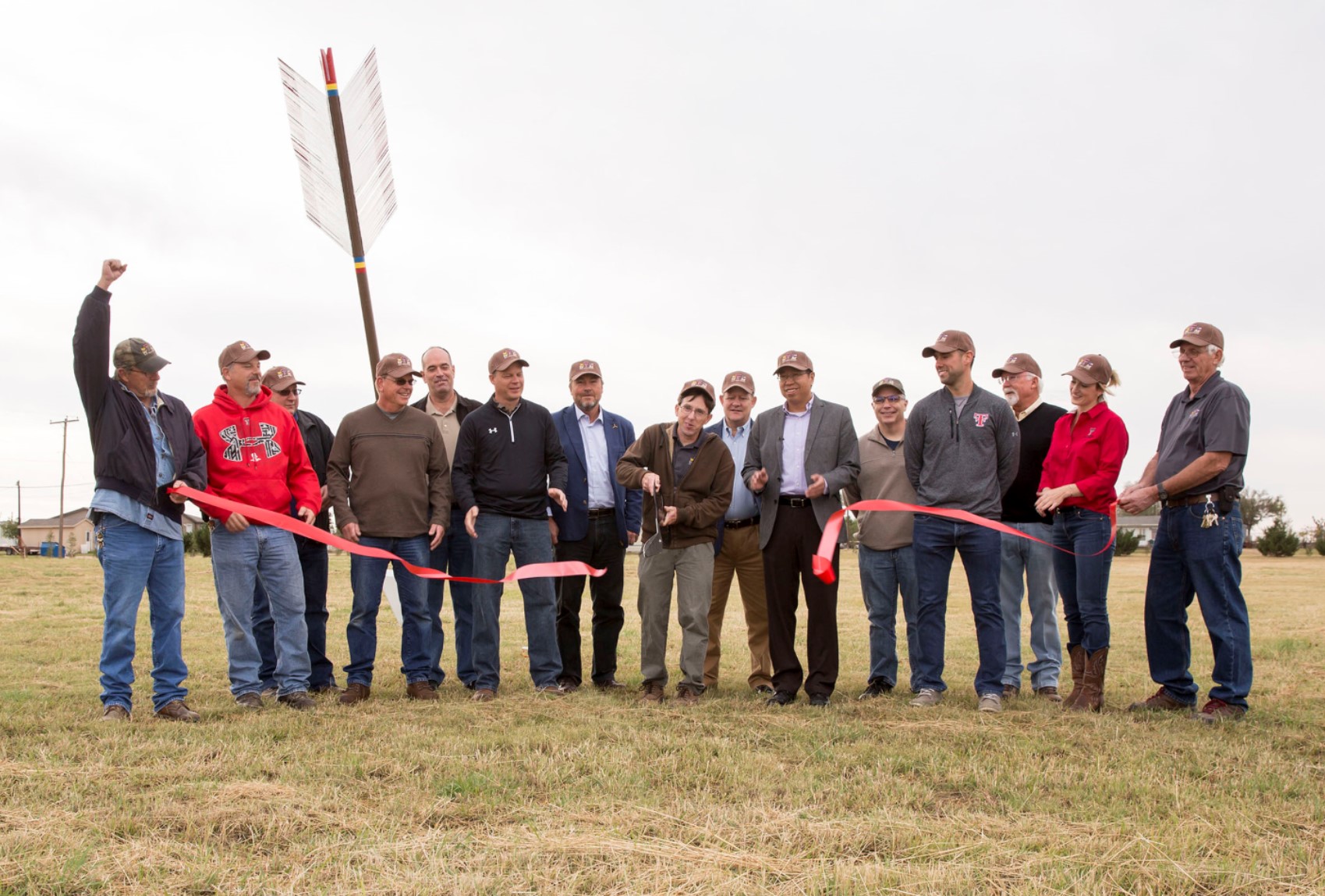
National Wind Institute
-
Address
1009 Canton Ave., MS 3155 Lubbock, TX 79409-3155 -
Phone
National Wind Institute - 806.742.3476; Renewable Energy - 806.742.6284 -
Email
National Wind Institute - nwi@ttu.edu; Renewable Energy - windenergy@ttu.edu
